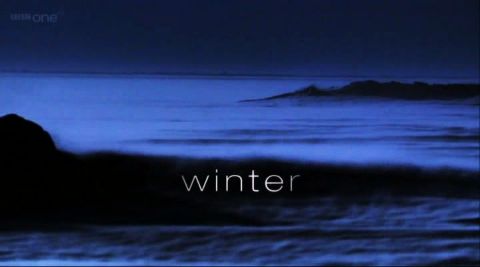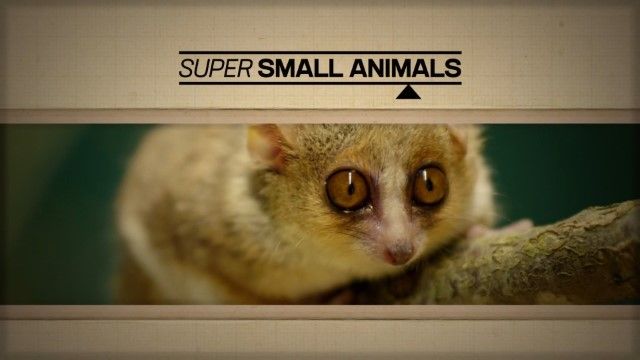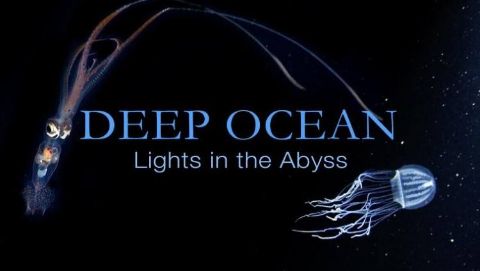Naked Science • 2010 - 2015 • 3 episodes •
The story of a human life, from first cry to final breath, told from within the body. This documentary film combines state-of-the-art special effects, pioneering CGI, startling realistic models and real in-body photography. Exploring human physiology from birth, through the drama of puberty, into adulthood, and finally old age, the programme offers a visually-stunning insight into how our bodies function. Throughout life we undergo a continuous second-by-second transformation, every move we make and every outside stimulus triggers a reaction through the skin, bones, organs, muscles and cells. We breathe on average 700 million breaths in a lifetime, an adult skeleton is replaced every seven to 10 years, we shed as many as 30,000 dead skin cells every minute, and the food we eat travels 30 feet on its journey through our bodies. The Living Body takes you beneath the skin to reveal how our bodies evolve from birth to old age, and the amazing biological systems we need to thrive. Embark on an incredible journey tracing the story of one everywoman using milestones to examine the everyday workings of a living, functioning body in ways not seen before. Cutting-edge miniature endoscopic HD cameras delve deep inside the mouth, throat, heart, lungs, digestive tract, brain and reproductive organs to shed new light on how and why our bodies do what they do. Stunning photography reveals universal moments in human development at the most minute level, providing insight into both our own individual metamorphosis and our shared human experiences.
2015 • Health
Dr Spencer Wells retraces the footsteps of 200 random New Yorkers and proves they are all cousins. On a single day on a single street, with the DNA of just a couple of hundred random people, National Geographic Channel sets out to trace the ancestral footsteps of all humanity. Narrated by Kevin Bacon, The Human Family Tree travels to one of the most diverse corners of the world -- Queens, N.Y. -- to demonstrate how we all share common ancestors who embarked on very different journeys. The goal: to retrace our ancestral footprints and prove we are all cousins in the "family of man." Regardless of race, nationality or religion, all of us can trace our ancient origin back to the cradle of humanity, East Africa. What did our collective journey look like, and where did it take your specific ancestors? At what point in our past did we first cross paths with the supposed strangers living in our neighborhood? Now, in The Human Family Tree, the people of this quintessential American melting pot find out that their connections go much deeper than a common ZIP code. Cutting edge science, coupled with a cast of New Yorkers – each with their own unique genetic history - will help paint a picture of these amazing journeys. Ultimately, Man's First Migrations answers some of humanity's most burning questions, such as who we are and where we come from, and forces us to change how we think not only about our relationships with our neighbours, but ourselves.
2010 • History
Captured in a single, animated time lapsed shot, and based on archeological findings, we trace our epic journey from the first spark of life billions of years ago up to our present status as the most successful species on the planet. Humans are the pinnacle of a chain of species that has survived by way of evolution, natural selection, adaptation, and pure luck. From the formation of primordial genetic material to the development of speech, this is the improbable story of the incredible set of circumstances that led to human existence.
2015 • Nature








